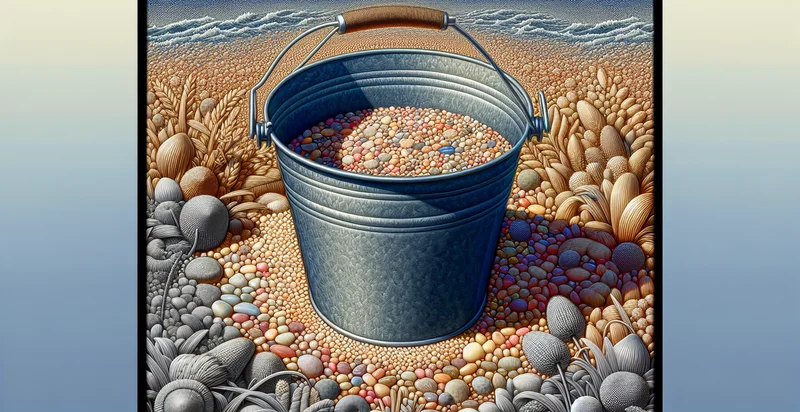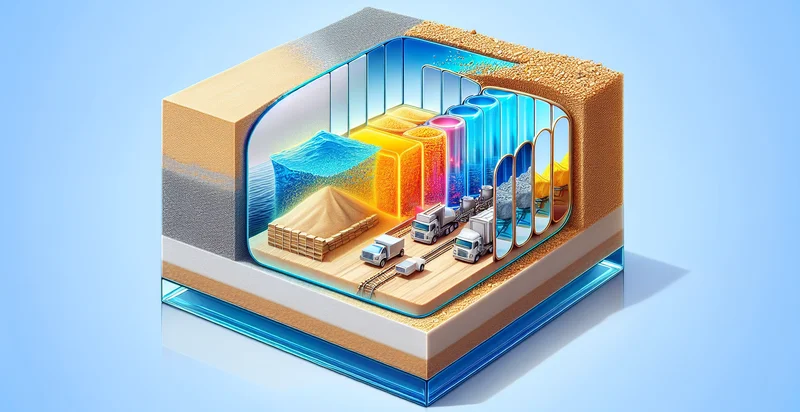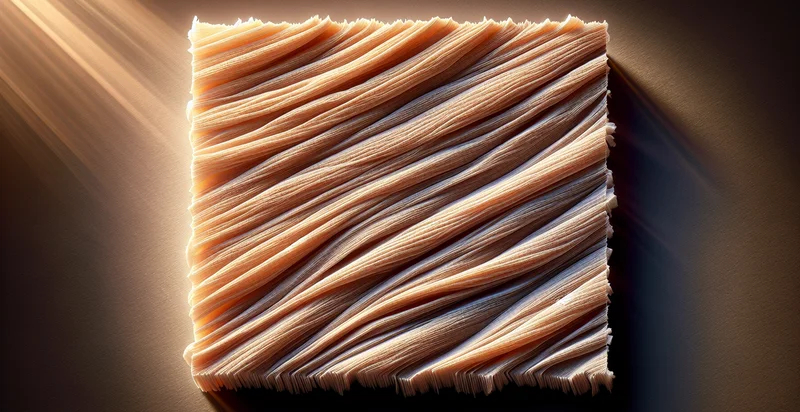Identify what material a bucket is made from
using AI
Below is a free classifier to identify what material a bucket is made from. Just upload your image, and our AI will predict what material a bucket is made from - in just seconds.

Contact us for API access
Or, use Nyckel to build highly-accurate custom classifiers in just minutes. No PhD required.
Get started
import nyckel
credentials = nyckel.Credentials("YOUR_CLIENT_ID", "YOUR_CLIENT_SECRET")
nyckel.invoke("what-material-a-bucket-is-made-from", "your_image_url", credentials)
fetch('https://www.nyckel.com/v1/functions/what-material-a-bucket-is-made-from/invoke', {
method: 'POST',
headers: {
'Authorization': 'Bearer ' + 'YOUR_BEARER_TOKEN',
'Content-Type': 'application/json',
},
body: JSON.stringify(
{"data": "your_image_url"}
)
})
.then(response => response.json())
.then(data => console.log(data));
curl -X POST \
-H "Content-Type: application/json" \
-H "Authorization: Bearer YOUR_BEARER_TOKEN" \
-d '{"data": "your_image_url"}' \
https://www.nyckel.com/v1/functions/what-material-a-bucket-is-made-from/invoke
How this classifier works
To start, upload your image. Our AI tool will then predict what material a bucket is made from.
This pretrained image model uses a Nyckel-created dataset and has 12 labels, including Aluminum, Bamboo, Ceramic, Composite Material, Concrete, Fiberglass, Glass, Metal, Plastic and Rubber.
We'll also show a confidence score (the higher the number, the more confident the AI model is around what material a bucket is made from).
Whether you're just curious or building what material a bucket is made from detection into your application, we hope our classifier proves helpful.
Related Classifiers
Need to identify what material a bucket is made from at scale?
Get API or Zapier access to this classifier for free. It's perfect for:
- Material Verification for Recycling: This function can be used to accurately identify the material of buckets in recycling facilities. By automating the sorting process, it helps ensure that materials are processed correctly, reducing contamination and increasing recycling efficiency.
- Quality Control in Manufacturing: Manufacturers can implement this function to verify the materials used in bucket production. This enhances quality control measures, ensuring that products meet industry standards and specifications, which ultimately leads to customer satisfaction.
- Supply Chain Management: Businesses can utilize this image classification function to track the materials of buckets throughout the supply chain. By identifying material types, companies can optimize inventory and logistics, reducing waste and costs associated with improper handling of materials.
- Eco-Friendly Product Certification: Organizations focused on sustainability can use this function to verify and certify eco-friendly buckets. By identifying the materials, companies can provide transparent information to consumers, reinforcing their commitment to environmentally responsible practices.
- Market Research and Trend Analysis: Market analysts can leverage this function to gather data on bucket material trends within various industries. This information can be used to identify consumer preferences, assist in product development, and inform marketing strategies.
- Compliance with Safety Standards: This function can help businesses ensure that their buckets comply with safety regulations related to material safety. By identifying materials accurately, companies can avoid the use of harmful substances and enhance the safety profile of their products.
- Custom Product Development: Product designers can use the material identification capability to explore various bucket designs and their associated materials. By understanding the characteristics of different materials, designers can innovate and create customized buckets tailored to specific consumer needs and market demands.


